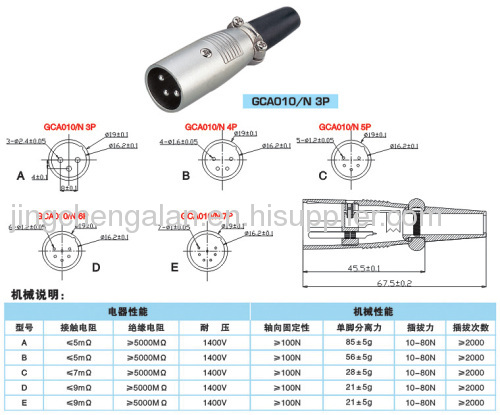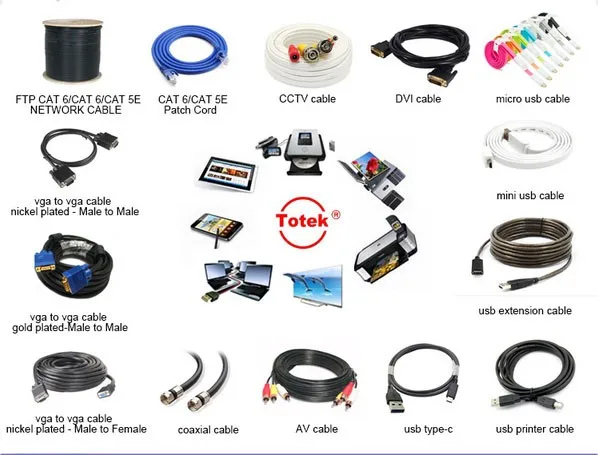

TRS TRS is the abbreviation for Tip, Ring, Sleeve. 3 pole female receptacle, vertical PCB mount, Universal D-size metal body XLR panel mount series for pcb mount applications. Both cables use the same kind of connectors and look the same on the outside, there are differences on the inside.

These have the smallest size and highest packing density (23 mm between centres). The short answer is that XLR cables are used for audio while DMX cables are for lighting. Round plastic body XLR PCB mount panel connector. The result in the unsurpassed Kryo XLR Connector you see today. In the audio world, there are six common cable connectors you’ll come across frequently: TRS and XLR for balanced connections and TS, RCA, SpeakON, and banana plugs for unbalanced connections. Author: Nicholas Watkins XLR and DMX cables have a bit of overlap and it can be difficult to keep the two separate. The ETI Research Kryo XLR Connector has both male and female connectors CNC machined with optimum wall thickness and made from Tellurium Copper for durability, which is important for long-term use. So we waited until we could manufacture what we felt was the best on the market.
#Xlr connector size free#
We feel the best connector has the least effect on sound and that is what ETI Research works to achieve. Terms apply More results GDQLCNXB XLR 3 Pin Male/Female Audio Mic Microphone Connector, Black Housing,4-Pair (XLR Male/Female) 1 1099 Save 5 with coupon FREE delivery on 25 shipped by Amazon. XLR Connector, Combo XLR+1/4' Jack, 6 Contacts, Socket, PCB Mount, Gold Plated Contacts, Metal Body. ETI Research has found the best sounding thickness for low-voltage connectors: Thicker causes negative influences in sound quality, as did going too thin. Re-reeling Charge items have been added to your basket. This earphones’ cable terminates into a 90-degree TRRS jack.

Adapters are easy to find to change one size jack plug to the other. The larger size of headphone jack you’ll find is commonly known as a 1/4 inch (or 6.3mm) jack plug. This resulted in more problems when it came to uniformity because the surface contact area for inserting the Male was not consistent and could make the connection unstable.Īssociated with these problems was surface thickness. It’s sometime referred to as a 1/8 inch jack in the US, though that’s an approximation. The next step to produce female connectors out of Copper was undertaken by rolling flat Copper to make the female connection. Some of these XLR connectors had Copper male connectors while the female connectors were still Brass formed! This is because the hollow nature of the female pin was difficult to machine and a lot cheaper to make by using the original pins formed in Brass molds.ĮTI Research was still not interested because this defeated the purpose of using Copper for greater sound quality. For a long time XLR connectors with some type of Copper have been available but many of the male pins have too much mass, which causes excessive capacitance and alters the sound.


 0 kommentar(er)
0 kommentar(er)
